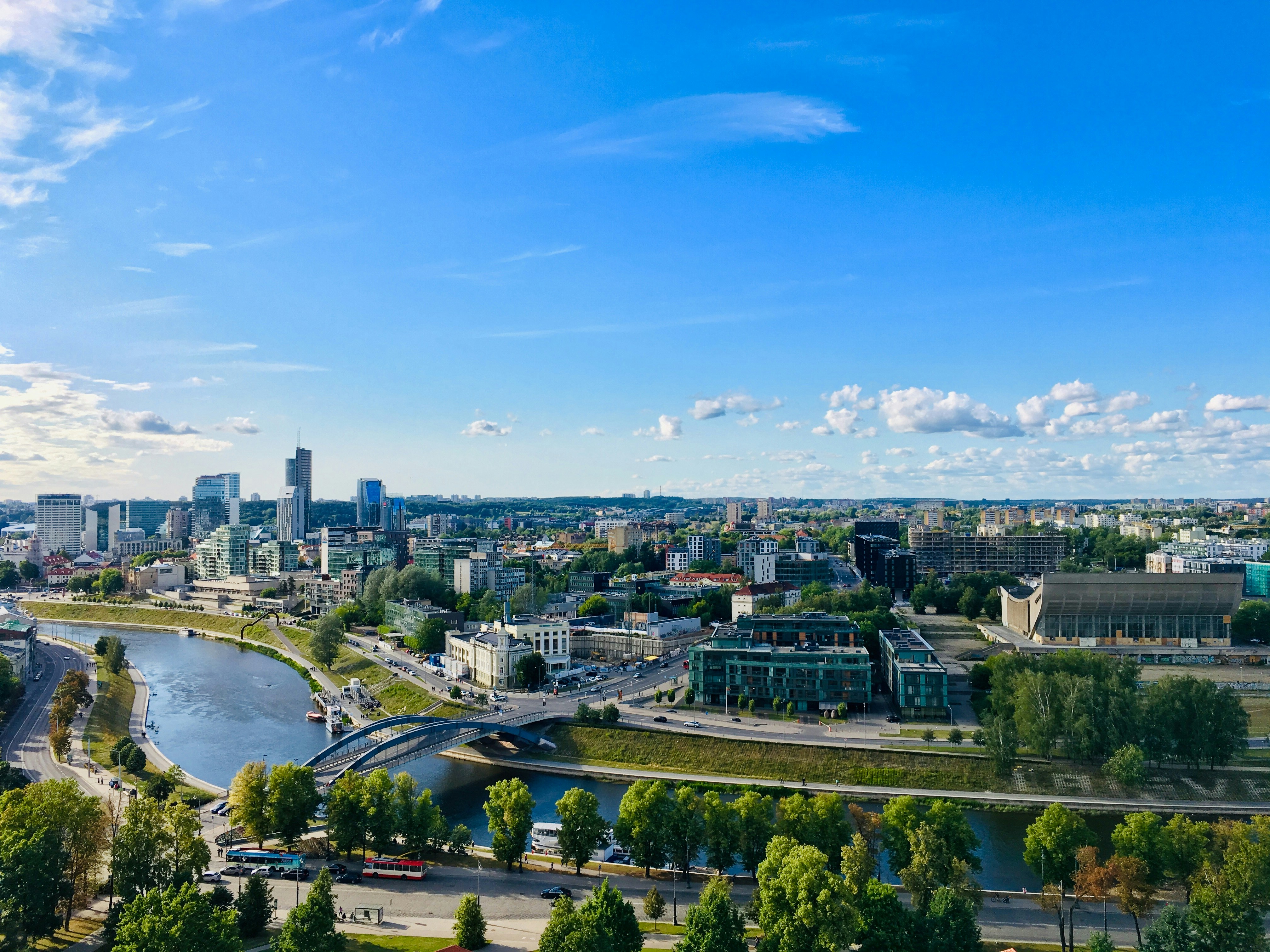Scientists from the VU Faculty of Chemistry and Geosciences Propose Removing the Neris River from the List of Nationally Important Waterways
 Scientists from the Faculty of Chemistry and Geosciences of Vilnius University (VU) strongly oppose the plans of the Inland Waterways Directorate to revive navigation on the Neris River between Vilnius and Kaunas. They warn that the proposed works could cause irreparable damage to this unique Lithuanian river and contradict both national and EU environmental commitments. For this reason, the scientists propose removing the Neris River from the List of Operated Inland Waterways of National Importance, leaving only urban sections for recreational navigation.
Scientists from the Faculty of Chemistry and Geosciences of Vilnius University (VU) strongly oppose the plans of the Inland Waterways Directorate to revive navigation on the Neris River between Vilnius and Kaunas. They warn that the proposed works could cause irreparable damage to this unique Lithuanian river and contradict both national and EU environmental commitments. For this reason, the scientists propose removing the Neris River from the List of Operated Inland Waterways of National Importance, leaving only urban sections for recreational navigation.
Ambitious plans threaten the natural flow
The Inland Waterways Directorate aims to establish an uninterrupted waterway from Vilnius to Kaunas via the Neris River, which would then connect to the Nemunas River. To achieve this, extensive riverbed cleaning and deepening operations are planned to accommodate passenger, cargo, and military mobility needs. The project also includes the development of a network of piers in Vilnius and Kaunas, as well as the construction of a cargo port in Jonava. However, scientists warn that such interventions could drastically alter the natural flow regime of the Neris River.
The Neris is one of the few remaining large natural rivers in Europe, with its water level and current speed fluctuating depending on the season. According to long-term observations, the average annual water level fluctuation amplitude in Vilnius is approximately 250 cm, while during the navigation season, it can exceed 2 metres. In the summer months, the river depth decreases to just 20–40 cm in its shallowest sections, meaning that significant modifications to the riverbed would be necessary to ensure safe navigation.
"Any modifications to a natural riverbed, including dredging or deepening works or the removal of boulders from shallow sections, inevitably lead to hydromorphological changes. Such works would impact the nature of the riverbanks, sediment transport dynamics, water flow velocity, and vanishing floodplains while also altering the river’s transverse and longitudinal profiles and, eventually, preventing the formation of meanders," explained the VU hydrologist Gintaras Valiuškevičius.
Historical data reveal the fragmented nature of navigation on the Neris River
Shipping on the Neris ceased around the mid-19th century. Prior to that, only flat-bottomed vessels (such as vytinė and strugas – typical vessels of inland water navigation used in the Grand Duchy of Lithuania) operated on the river, and only when the water levels were high. Later, until 1957, the river was used exclusively for timber rafting. Moreover, as the Neris crosses the Baltic Uplands, it carves a unique breakthrough valley formed during the last glacial period, making it one of Lithuania’s rare natural formations.
According to scientists, such a unique landscape is considered an integral part of the country’s natural heritage, which must be preserved. Based on the Comprehensive Plan of the Territory of the Republic of Lithuania, the Neris River valley is classified as a national-level migration corridor, meaning that its management should prioritise the preservation and conservation of its natural landscape. Furthermore, from the Belarusian border to the river mouth, the Neris falls within part of the Natura 2000 network, designated as a habitat of special significance. This area is home to rare ecological communities, such as mole crickets and various important species, including Baltic salmon, bullheads, asps, river lampreys, otters, and other wildlife.
According to the scientists, the proposed waterway on the Neris River would definitely not improve its condition and water quality. "It would also contravene the European Parliament and Council directive, which requires EU member states to work to achieve at least good status in each water body within their river basin districts by 2027. Currently, 63% of Lithuania’s rivers do not meet this criterion. Therefore, the proposed modifications to the Neris would certainly not contribute to its improvement. The EU Nature Restoration Law mandates the restoration of 25,000 km of rivers by 2030, which includes removing barriers and restoring natural habitats," emphasised the VU geographer Dr Laurynas Jukna.
Additionally, under the Nature Restoration Law, EU member states are required to restore at least 20% of their land and sea areas by 2030 and all necessary ecosystems by 2050. The plan aims to restore 25,000 km of rivers by 2030 by removing dams, dikes, and other obstacles, as well as restoring habitats to enhance biodiversity and water quality.
"We support our scientists’ initiatives to engage in discussions of public importance and hope that their research, analysis, and insights will serve as a foundation for strategic political decisions," said the VU Rector, Prof. Rimvydas Petrauskas.
Based on the outlined reasons, as well as Lithuania’s national and EU-level environmental commitments, which contradict the Inland Waterways Directorate’s plans, the VU Faculty of Chemistry and Geosciences community proposes removing the Neris River from the List of Operated Inland Waterways of National Importance. They recommend leaving short urban sections in Vilnius and Kaunas for navigation while preserving the remaining stretches for recreational boating using small, flat-bottomed vessels that do not require any modifications to the riverbed or lower valley (such as dredging and/or clearing) or cause any damage.